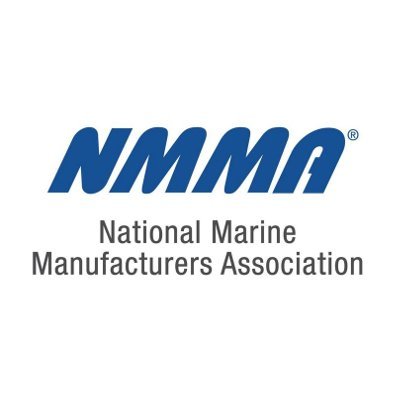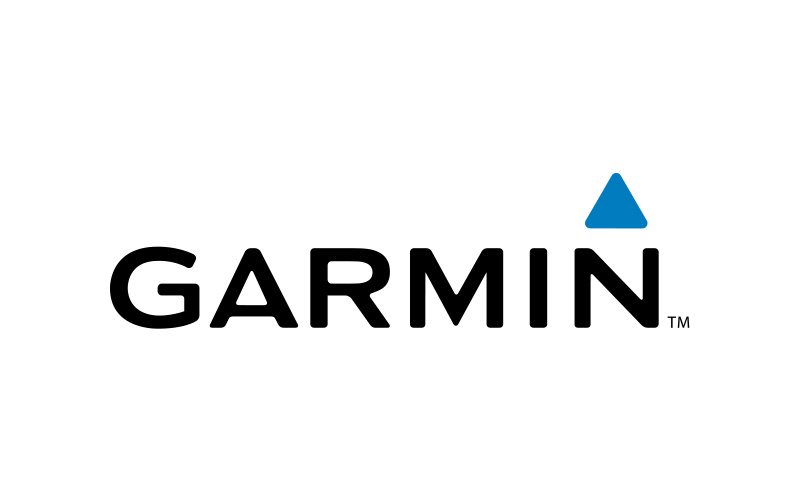Deep impact, shallow channels
Great Lakes study highlights boating’s economic impact but also sounds warning.
The direct economic impact of registered boats on the economies of the eight Great Lakes states includes almost $11.5 billion annually in sales, $4 billion in personal income and $6.4 billion in value added, for a total of more than $22 billion.
That information was released by the Great Lakes Commission this summer as part of a study that it says has for the first time produced an accurate portrait of boating’s economic impact in the Great Lakes basin.
Using data collected in 2003, the study looked at trip spending – what boaters spend on each trip they take – and craft spending – what they spend to maintain their boats during the course of a year. It found that owners of registered watercraft in Great Lakes states (Minnesota, Wisconsin, Michigan, Illinois, Indiana, Ohio, New York and Pennsylvania) spent $9.9 billion on boating trips and $5.7 billion on craft expenses in 2003, for a total of almost $16 billion.
The results also showed that Great Lakes boat owners spend an average of $3,600 per year on their boats, including $1,400 on craft-related expenses (e.g., equipment, repairs, insurance, slip fees) and $2,200 on trip-related expenses (e.g., gas and oil, food and refreshments, onshore entertainment, lodging) spread out over an average of 23 boating days per season.
Of that $9.9 billion total on boater trip spending, the study estimated the direct economic impact on the region at $6.8 billion in sales, $2.5 billion in personal income, $1.7 billion in value added, and 107,000 jobs. With secondary effects, the total impact of boater trip spending is 160,000 jobs and $4.3 billion in personal income. Combining trip and craft-related spending, the total impact on the region’s economy is 244,000 jobs and $7.2 billion in personal income.
Despite the obvious economic benefits boating brings, the study found that many of the Great Lakes shallow-draft harbors are in jeopardy due to a lack of maintenance dredging. Entrance channels are being blocked by sediment, a problem made worse in recent years by falling water levels in the lakes.
Visit www.glc.org/recboat for a copy of the study.
Study Highlights:
16 to 24-foot fiberglass runabout.




